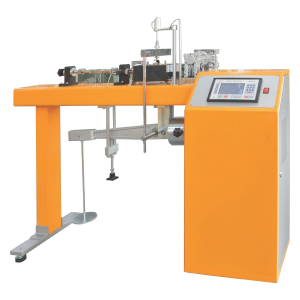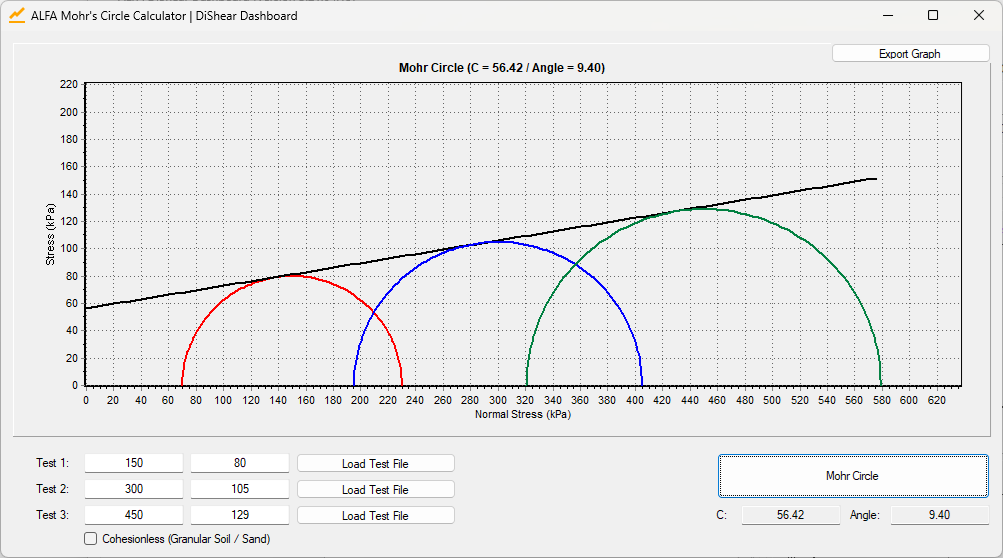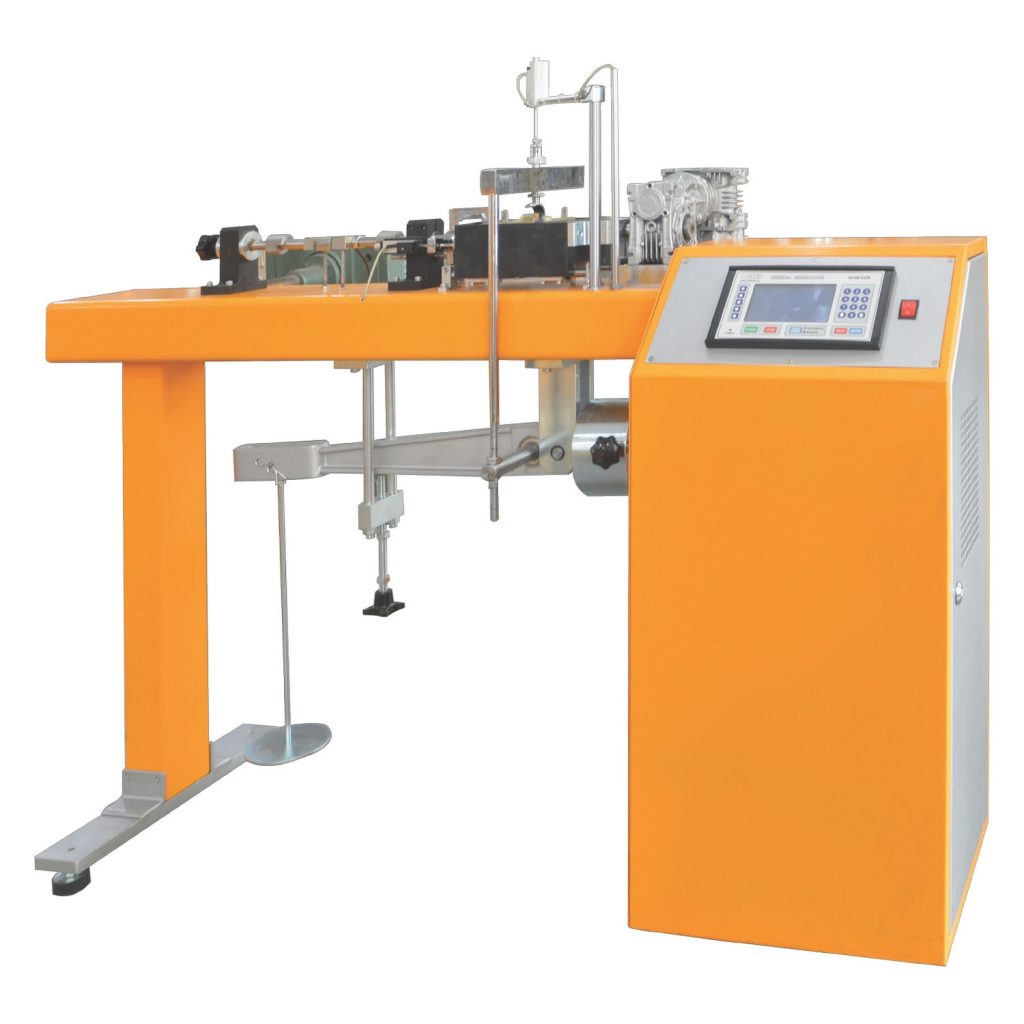
The Direct Shear Test is one of the most common methods used to determine the shear strength parameters of soils, particularly the cohesion (c) and angle of internal friction (ϕ). This test simulates the condition where soil fails along a specific plane under shear stress, making it suitable for designing foundations, retaining walls, and slope stability analyses.
Purpose of the Test
- To measure the shear strength of soils under controlled conditions.
- To evaluate the frictional and cohesive properties of soil.
- To understand soil behavior under varying normal and shear stresses.
Lever Loading Arm Calculations
ALFA Software

Test Procedure
- Preparation of Soil Sample:
- A soil sample (undisturbed or remolded) is placed in the shear box.
- The box is split into two halves along the horizontal plane.
- Application of Normal Stress:
- A specified normal stress is applied using the loading frame. This simulates the weight of overlying soil layers or structures.
- Application of Shear Stress:
- The upper half of the shear box is fixed, and the lower half is gradually pushed horizontally.
- Shear stress is applied at a constant rate to ensure uniform strain.
- Measurement of Data:
- Shear force and horizontal displacement are recorded.
- Vertical displacement (settlement) may also be measured.
- Repeat for Different Normal Stresses:
- The test is repeated for multiple samples under varying normal stresses to establish a failure envelope.
ِAnalysis
- The shear stress at failure (τ) is calculated as:
\[\tau = {Shear Force\over Cross Sectional Area}\]
- The relationship between shear stress (τ) and normal stress (σ) is linear, represented by:
\[\tau = c+\sigma tan \theta\]
- Where:
- c = Cohesion of the soil
- ϕ = Angle of internal friction
- By plotting shear stress against normal stress for different tests, the failure envelope (a straight line) is drawn. The intercept on the shear stress axis gives c, and the slope of the line gives ϕ.
Advantages
- Simple and cost-effective.
- Provides direct measurement of shear strength parameters.
- Suitable for cohesionless soils (e.g., sand and gravel).
Limitations
- The test assumes failure occurs along the pre-determined plane (horizontal plane in the shear box), which may not represent natural failure conditions.
- Sample disturbance may affect test results.
- Not suitable for highly cohesive soils or unsaturated soils.
Applications
- Design of retaining walls and slopes.
- Determining the bearing capacity of foundations.
- Assessing soil stability in embankments and excavations.


